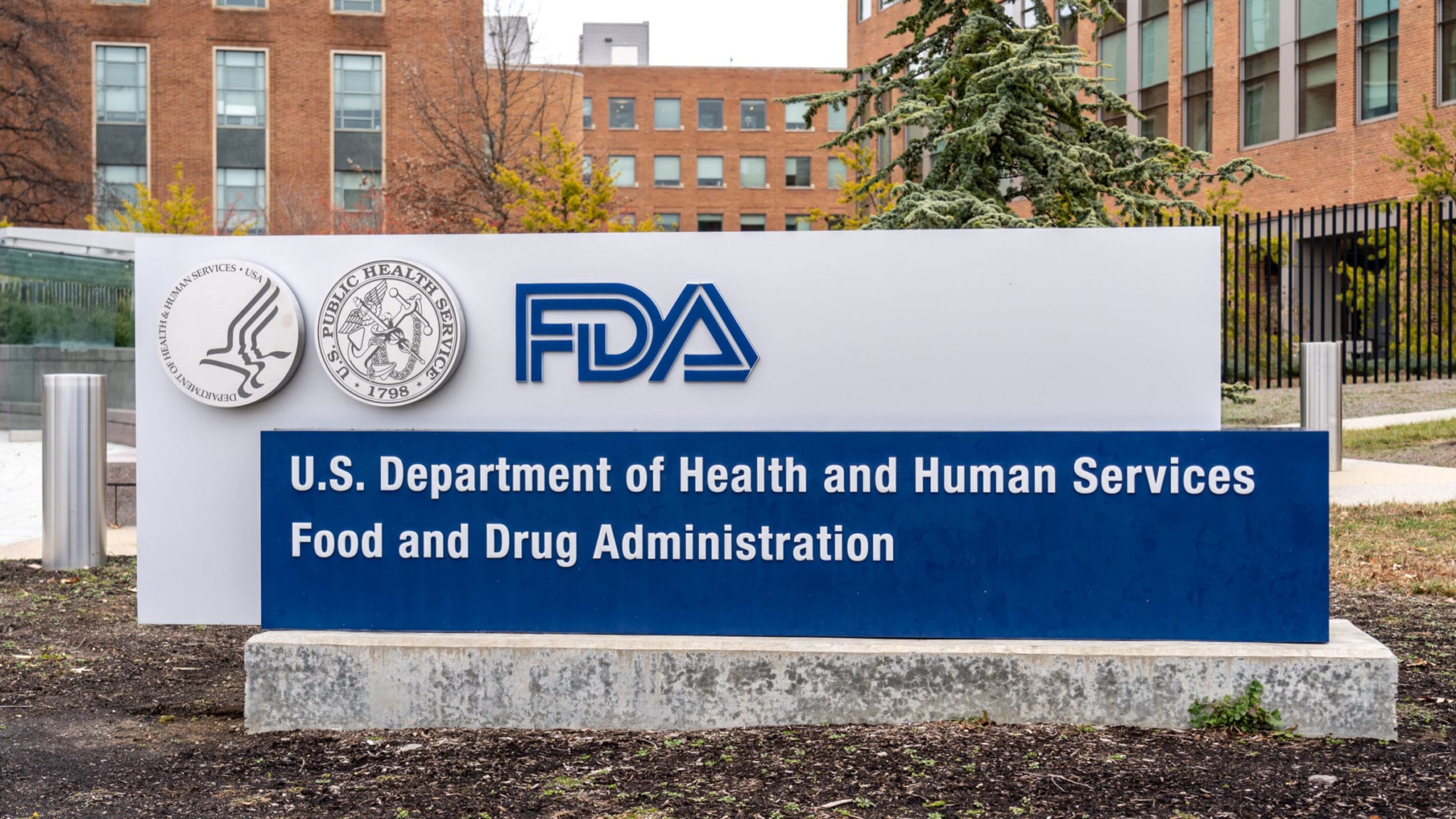
Slammed by FDA rejection, Aquestive vows to refile by end of year
Aquestive Therapeutics is still reeling from a precipitous drop in its stock price after the FDA rejected its oral film for seizure control.
Libervant, a …
Sign up to read this article for free.
Get free access to a limited number of articles, plus choose newsletters to get straight to your inbox.